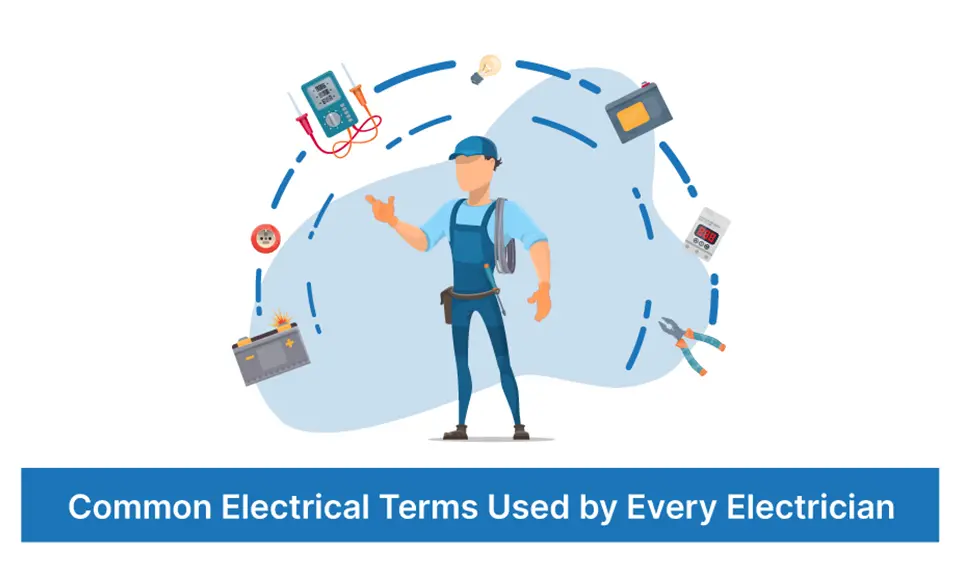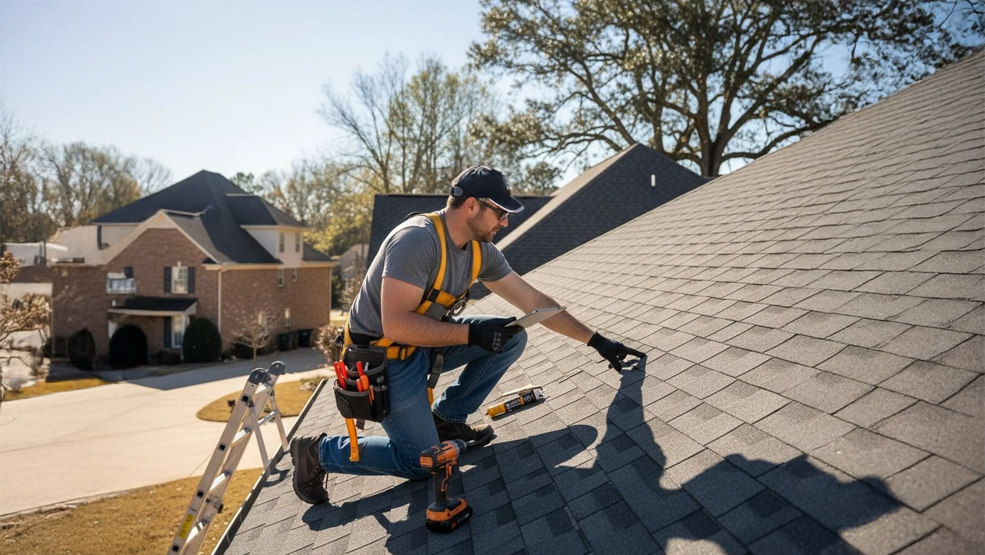With a lot of old houses, apartments, and buildings needing repairs and upgrades and newer structures needing the latest electrical wiring, electricians have become indispensable everywhere. Experienced electricians shouldn’t only know how to do their job, but also be able to explain certain tools and parts used on the job to the customer so they’re able to gauge the measure of the work that’s being done.
In this article, let’s look at some of the most commonly used electrical terms in the business. Whether you’re learning to become an electrician, or are breaking out to start up your own contracting business, these terms will be indispensable in your career.
Transformer
The transformer is a device that looks like a box attached to a cylinder(or cylinders) with a lot of complicated wiring seen occasionally in neighborhoods. It’s connected to the power grid.
As the name implies, transformers take high voltage electrical power and step it down to meet consumer requirements. In residential areas, transformers lower the voltage to a unit of measure that is compatible with an electrical circuit in residential and consumer applications.
Voltage
Voltage refers to the pressure that moves electrons through a circuit. This pressure can often fluctuate, peak and dip when traveling from an AC power source and arriving at its end location. On the other hand, a DC power source has a constant voltage that doesn’t fluctuate.
Since there are devices that require DC current, electricians determine an average voltage that would be compatible with electrical circuits when deciding what kind of outlet to use. This is known as the VAC or AC Voltage. Different wall outlets and appliances can have different VAC ratings.
AC power
Alternating Current(AC) Power is the type of electricity that comes from your wall outlet. It’s also the form in which electricity is delivered from power plants to your house over long distances through electrical towers and transformers.
This is possible because alternating electrical current changes its direction cyclically since it’s generated by a spinning turbine. This cyclical nature allows transformers to increase or decrease the voltage of the electrical current, which enables power to be sent across long distances.
Electrical panel
A service panel or electrical panel is a metal box that reveals all the circuit breakers for individual circuits inside the house. It’s usually found in a place that is easily accessible for electricians, such as a basement, closet, or somewhere outside of the house. An electrical panel is where wires from the local transformer connect to a utility line to supply power to the house.
The wires from the transformer are connected to a copper or alloy bar at the back of the panel also known as a hot bus bar. All circuit breakers in the house connect to them. An experienced electrician will know how to check and switch off a circuit breaker on the service panel before working on any electrical circuit in your house.
Circuit breaker
A series of switches inside the Electrical panel and every individual switch inside the panel is a part of a safety device known as the circuit breaker. As the name suggests, a circuit breaker creates a break in a circuit in the event of a sudden power surge which could be caused by anything from improperly plugging in an appliance to plugging in a device that’s not compatible with the voltage rating of the wall outlets in your country.
Circuit breaker panels are designed to trip (flip off the switch) when the power surge is above a designated amperage, which helps prevent any damage to your electrical appliances. Circuit Breakers function similarly to fuses, the key difference being that a fuse would need to be replaced after a power surge, but a circuit breaker can be switched back on without needing any maintenance.
Grounding conductor
A Grounding Conductor is an array of wires connected to every circuit in the house and comes out through the Electrical panel to connect to a metal rod under the ground or an underground copper pipe. Its purpose is to ground every circuit and device in the house by directing it to the ground in the event of a power surge.
Ground-fault
Even with grounded circuits, electrical current can find other ways to reach the ground, one of which is through humans. Touching an exposed wire, inserting your fingers into a wall outlet, or coming in contact with a wet floor or surface exposed to a wire are some of the instances which will cause your body to act as a ground for the current and inflict you with a terrible shock.
Another cause of a ground fault could be a live wire coming in contact with the ground wire. These instances can cause a power surge which can potentially fry circuits in the house. Fortunately, circuit breakers protect your home’s electrical circuits from such surges.
Short circuit
This is probably one of the most used electrical terms by people when talking about electrical circuits. Short Circuits like Ground-fault can be the reason behind a power surge but are caused by entirely different reasons such as a hot wire (the wire connecting to the positive terminal) and a neutral wire (the wire connecting to the negative terminal) coming into direct contact with each other, or a tree or object falling on a power line.
Just like a power surge caused due to Ground-fault, a power surge from a short circuit is usually taken care of by installing circuit breakers in the electrical panel.
Multimeter
This is one of the most common tools in any electrician’s arsenal. Multimeters test voltage, current, and resistance in a circuit to check if wires are running too hot or if there are any breaks in the electrical circuit. These breaks could prevent appliances or devices from turning on. It consists of two prongs used to touch the circuit terminals. The power source is turned off and the multimeter sends a current through the circuit to test if there’s a problem with the voltage or breaks in the circuit.
Wire strippers
Another common tool used by Electricians, Wire strippers are a pair of spring-loaded pliers with notches of various sizes. These notches are used to remove insulation from cables and expose the copper or metal wires so they can be connected to another device or electrical circuit.
Conclusion
These are some of the many electrical terms you should know as an electrician. Although there will be more complex concepts, tools, parts, and terms, these are the basics of what you are expected to have mastered as a professional electrician. If you are learning to become an electrician, ensure that you’re mastering everything you’re learning before trying to learn something else.
As your electrical contracting business starts to scale up, invest in the right electrical contracting software like Zuper. It can not only help you streamline your field service workflows but also help extend a seamless experience to your customers. Take Zuper for a free spin and see how effortless electrical contracting can be with the right tool by your side.



